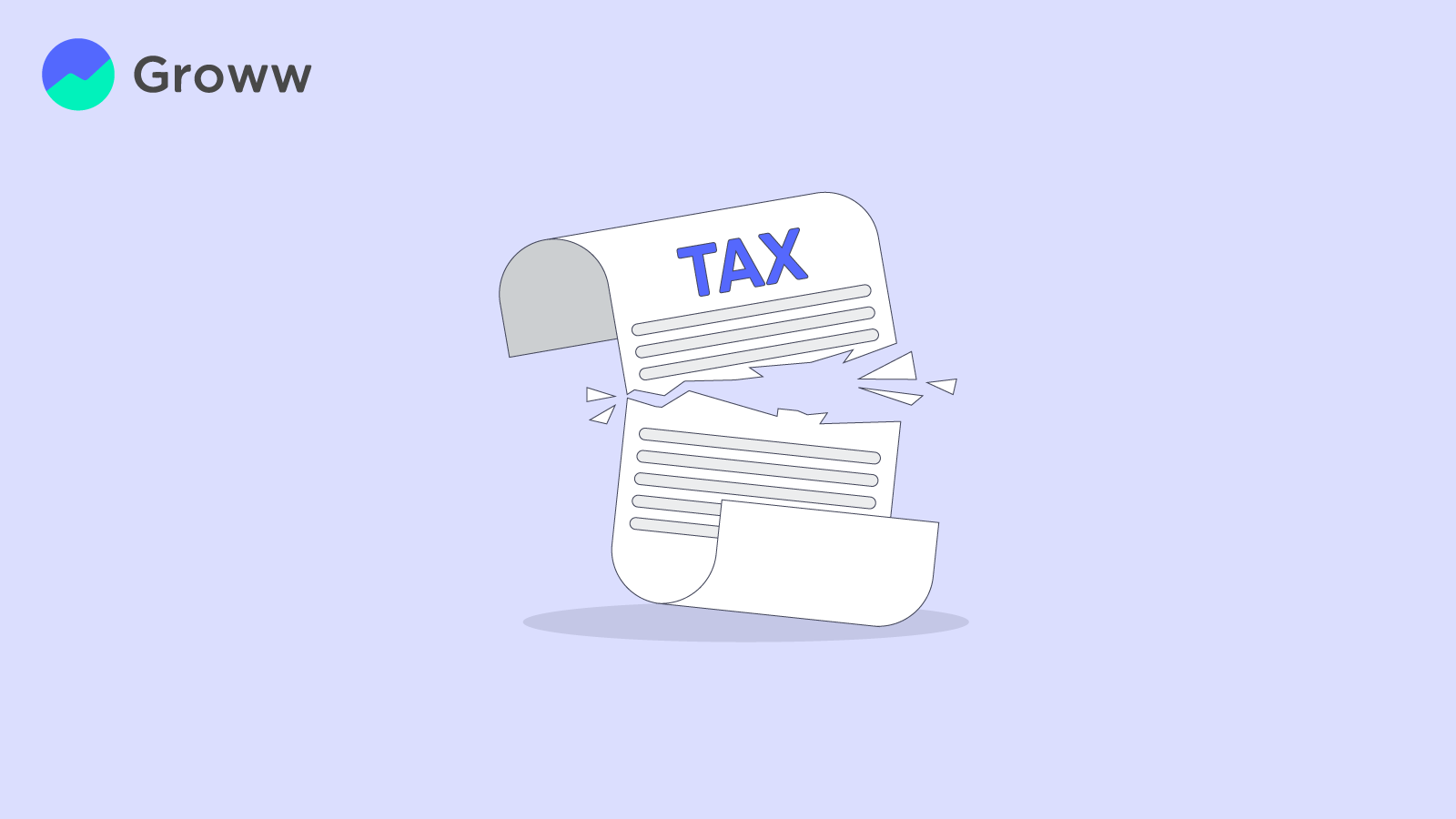What is Non Tax Revenue

Revenue receipts that do not create liabilities or lead to claims on the government are non-redeemable and fall into two categories: Tax Revenue and Non Tax Revenue.
While taxes make up a significant portion of government revenue, they earn money from other sources too, which are called non-tax revenues. These receipts are not generated by taxing the public.
What is Non Tax Revenue
Non tax revenue is income that the government earns from sources other than through taxes. This includes earnings from dividends from investments in public sector undertakings (PSUs), interest on loans and fees for various services provided.
Non tax revenues offer a steady and reliable income stream, helping cover the cost of government services and adding to the government’s overall revenue.
For example, when people pay for services like telecommunication, electricity, and broadband provided by the government, these payments are recognised as non tax revenue, since the government supports the infrastructure for these services.
Examples of Non Tax Revenue
Examples of non-tax revenue include income from dividends, interest, profits, fines, fees, and other receipts from government activities. These can come from regulatory charges, licence fees, and user fees for publicly provided goods and services.
Different Sources of Non Tax Revenue
Now that you understand non tax revenue definition, let’s have a look at some of the non tax revenue sources:
- Jobs provided through state public service boards
- Security services for residential properties
- Civil service fees
- Fees for municipal services
- Payments for electricity
- Charges for administrative services
- Revenue from newspapers
- Sale of stationery and similar items
Components of Non Tax Revenue
The following are the different components of non tax revenue:
-
Interest
It consists of the interest paid on loans extended to states, Union Territories, and various entities for purposes such as flood control and modernisation of police forces.
It also includes interest earned on loans given to Port Trusts, public sector enterprises (PSEs), and other statutory bodies.
-
Examination Fees
These are fees paid by applicants for competitive examinations conducted by the Union Public Service Commission (UPSC) and Staff Selection Commission (SSC) to fill vacancies in government offices.
-
Petroleum Licence
This is the fee paid to obtain exclusive rights for oil and gas exploration in specific regions. This fee may include royalties, a share of profits earned from the contract areas, Petroleum Exploration License (PEL) fee, or Production Level Payment (PLP).
-
Power Supply Fees
Power supply fee refers to the revenue collected by the Central Electricity Authority (CEA) for supplying power under the Electricity (Supply) Act.
-
Communication Services Fees
It mainly comprises licence fees paid by telecom operators for spectrum usage to the Department of Telecom (DoT).
-
Dividends and Profits
This covers dividends and profits received from PSEs, as well as surplus transferred from the Reserve Bank of India (RBI).
-
Police Services Fees
This involves fees received for providing central police forces to state governments and other entities. Providing Central Industrial Police Force (CISF) personnel to safeguard industries is one such instance.
-
Broadcasting Fees
Broadcasting fees include licence fees paid by Direct-To-Home (DTH) operators, commercial FM radio services, commercial TV services, etc.
-
Road and Bridge Usage Fees
This covers revenue collected by toll plazas for the use of bridges, national highways, etc.
-
Sale of Stationery and Gazettes
It includes revenue from the sale of stationery, government publications, gazettes, etc., which falls under the category ‘Stationery and Printing’.
-
Administrative Services Fees
This covers fees received for providing services such as audit, passport issuance, visa services, etc.
-
Defence Services Receipts
This includes payments for services provided by the Canteen Stores Department (CSD).
Difference Between Tax Revenue and Non Tax Revenue
Tax revenue comes from the income earned by individuals or entities and the value of goods and services sold or bought. You must pay a portion of your income and the value of goods or services as tax.
Non-tax revenue is charged for services provided by the government. You only pay non-tax revenue when you use these government services.
The Bottomline
With a comprehensive understanding of non tax revenue, it is quite evident that the government earns money from many sources beyond taxes.
You now know where non tax revenues come from and the various sources of non tax income. This steady income stream is crucial for maintaining and improving the infrastructure in the country and for offering essential services to all citizens.
|
You may also be interested to know |
|
|
1. |
Difference Between Tax Evasion and Tax Avoidance |
|
2. |
How to Save Tax for Salary above 10 Lakhs |
|
3. |
Understanding Wealth Tax in India |
|
4. |
Benefits of ITR Filing |
|
5. |
How to Save Tax in India |